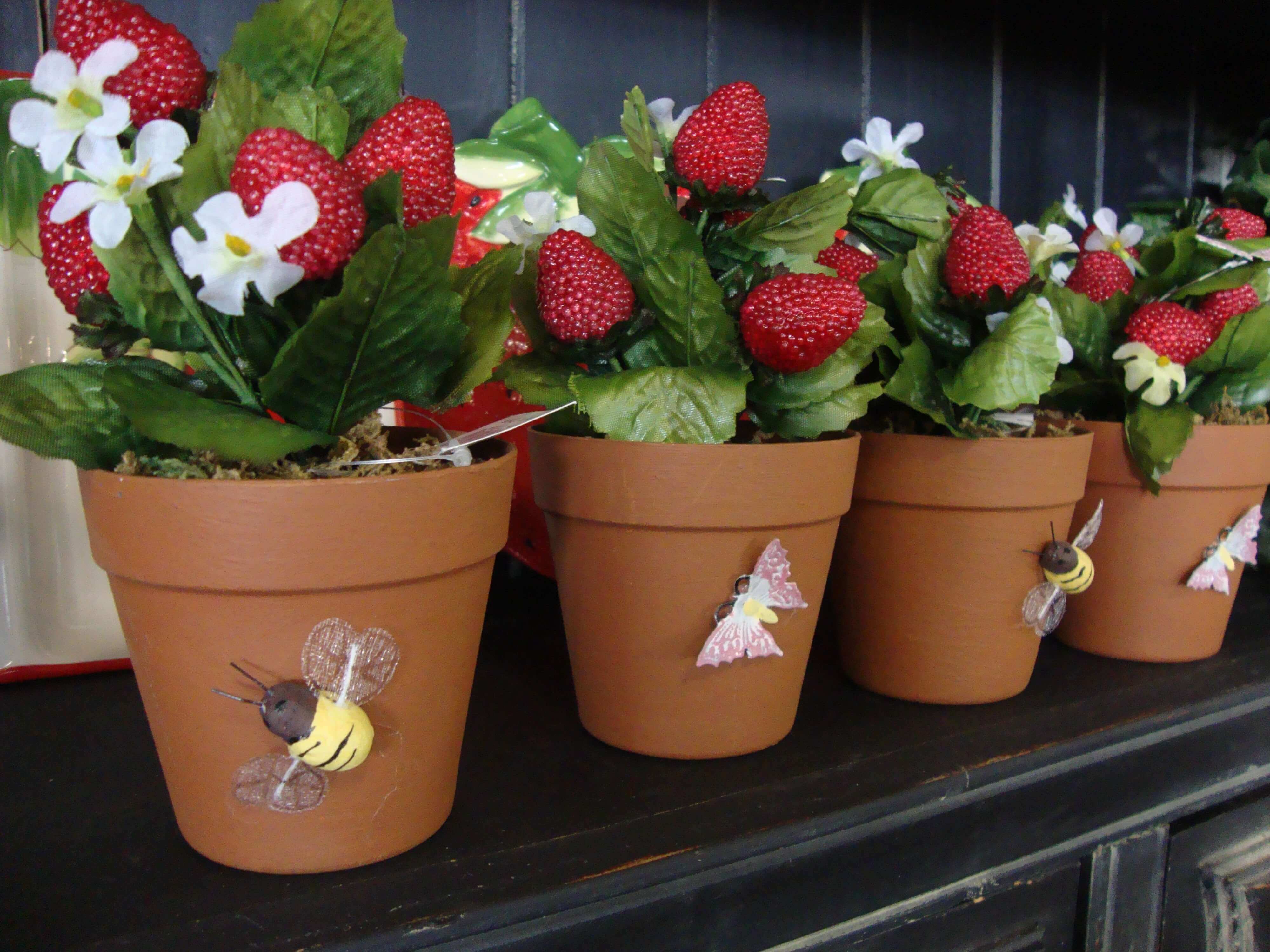How to Grow Strawberries in a Small Garden: A Comprehensive Guide

Imagine biting into a ripe, juicy strawberry freshly picked from your own garden. The sweet, tangy flavor bursting in your mouth is a reward unlike any other. Growing strawberries in a small garden might seem daunting, but with the right tips and tricks, you can transform even the tiniest space into a strawberry paradise. Let's dive into this delightful journey of strawberry cultivation and explore how you can make the most of your small garden.
Why Grow Strawberries in a Small Garden?
Strawberries are not only delicious but also packed with nutrients. They are rich in vitamin C, antioxidants, and fiber. Growing your own strawberries ensures you have access to fresh, organic fruit without the hassle of pesticides or long trips to the grocery store. Plus, it's a fun and rewarding hobby that can involve the whole family.
Choosing the Right Strawberry Variety
Before you start, it's crucial to choose the right strawberry variety for your small garden. There are three main types of strawberries:
- June-bearing strawberries: These produce a single large crop in early summer.
- Everbearing strawberries: These produce two to three crops per season.
- Day-neutral strawberries: These produce fruit continuously throughout the growing season.
For small gardens, everbearing and day-neutral varieties are often the best choices because they provide a steady supply of fruit.
Preparing Your Small Garden for Strawberries
Soil Preparation
Strawberries thrive in well-drained, slightly acidic soil with a pH between 5.5 and 6.5. Before planting, test your soil pH and amend it if necessary. You can add compost or organic matter to improve drainage and nutrient content. Avoid planting strawberries in areas where tomatoes, potatoes, or eggplants have recently grown, as these plants can harbor diseases harmful to strawberries.
Location
Choose a sunny spot in your garden. Strawberries need at least 6-8 hours of sunlight daily to produce a bountiful harvest. If you're short on space, consider container gardening or vertical gardening solutions.
Planting Strawberries in Containers
Container gardening is an excellent option for small gardens. You can use pots, hanging baskets, or even repurposed containers like old boots or buckets. Here's how to get started:
- Choose the Right Container: Ensure your container has good drainage holes to prevent waterlogging.
- Select a Quality Potting Mix: Use a well-draining potting mix specifically designed for containers.
- Plant Your Strawberries: Plant the strawberry plants at the same depth they were in their original pots. Water them thoroughly after planting.
Vertical Gardening for Strawberries
Vertical gardening is another space-saving solution. You can use trellises, wall-mounted planters, or even DIY vertical gardens made from pallets. Here's how to set up a vertical garden:
- Choose a Structure: Decide on the type of vertical garden structure that suits your space and aesthetic.
- Prepare Your Plants: Plant your strawberries in individual pots or pockets within the vertical structure.
- Water and Care: Ensure your vertical garden has a good watering system, as plants in vertical gardens can dry out quickly.
Caring for Your Strawberry Plants
Watering
Strawberries need consistent moisture, especially during the fruiting season. Water your plants deeply once or twice a week, depending on the weather and soil conditions. Avoid overwatering, as this can lead to root rot.
Fertilizing
Use a balanced, organic fertilizer to provide your strawberries with the nutrients they need. Apply fertilizer every 4-6 weeks during the growing season. Avoid over-fertilizing, as this can lead to excessive leaf growth at the expense of fruit production.
Pest and Disease Control
Keep an eye out for common strawberry pests like aphids, spider mites, and slugs. Use organic pesticides or natural remedies to control pests. To prevent diseases, ensure good air circulation around your plants and avoid watering the leaves.
Harvesting and Storing Strawberries
When to Harvest
Strawberries are ready to harvest when they are fully red and slightly soft. Pick them gently to avoid damaging the plant.
Storage Tips
Store freshly picked strawberries in the refrigerator for up to a week. For longer storage, you can freeze them or make jam.
Conclusion
Growing strawberries in a small garden is a rewarding experience that brings fresh, delicious fruit right to your doorstep. By choosing the right variety, preparing your soil, and using space-saving techniques like container and vertical gardening, you can transform even the smallest garden into a strawberry oasis. So, why wait? Start your strawberry cultivation journey today and enjoy the sweet rewards of your labor.
FAQs
What is the best time to plant strawberries?
- The best time to plant strawberries depends on your climate. In most regions, early spring is ideal. In warmer climates, you can also plant in the fall.
How often should I water my strawberry plants?
- Water your strawberry plants deeply once or twice a week, depending on the weather and soil conditions. Ensure the soil is consistently moist but not waterlogged.
Can I grow strawberries from seeds?
- Yes, you can grow strawberries from seeds, but it's more common to start with transplants or runners. Growing from seeds requires more time and patience.
How do I protect my strawberries from birds?
- Use bird netting or row covers to protect your strawberries from birds. These barriers allow light and air to reach the plants while keeping birds away.
Can I grow strawberries indoors?
- Yes, you can grow strawberries indoors with the right conditions. Ensure they get plenty of light, either from a sunny window or grow lights, and maintain consistent temperature and humidity.


By following these tips and tricks, you'll be well on your way to growing a bountiful harvest of strawberries in your small garden. Happy gardening!
0 Response to "How to Grow Strawberries in a Small Garden: A Comprehensive Guide"
Post a Comment